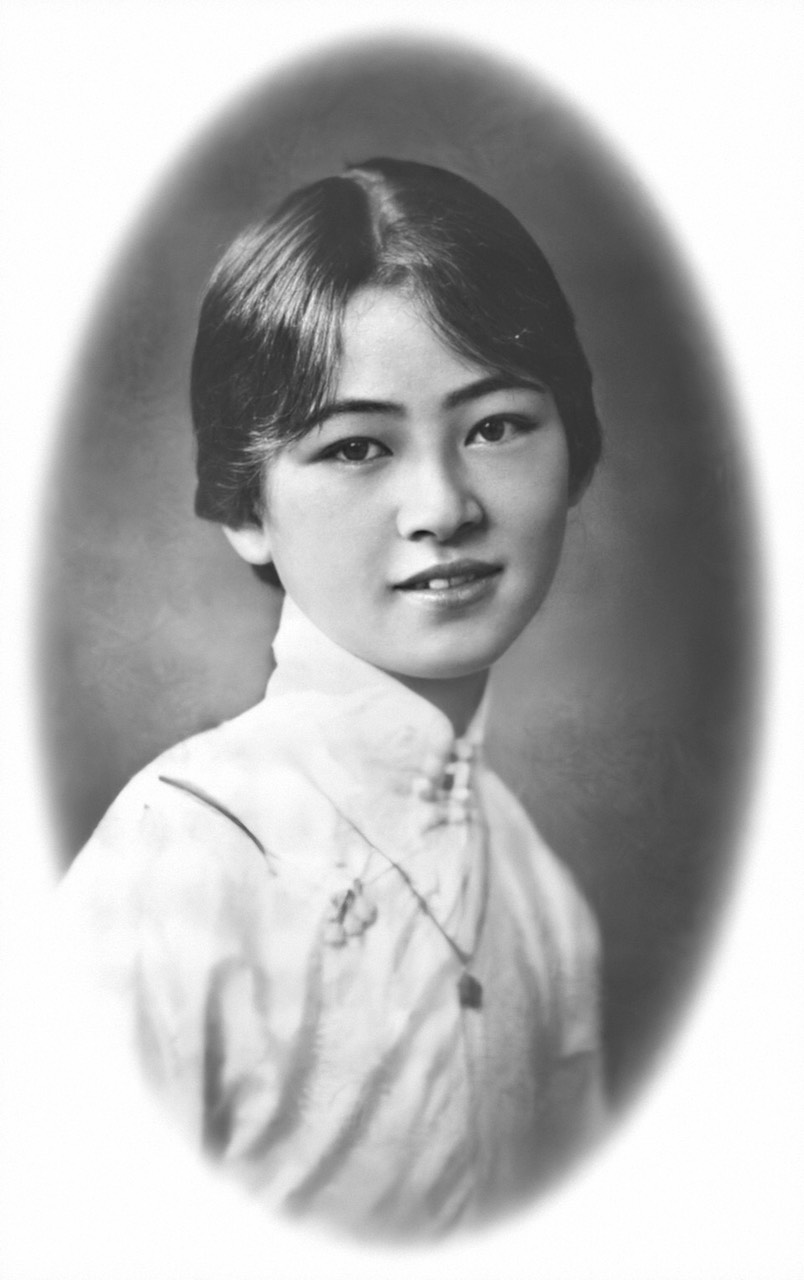Lin Huiyin
 Lin Huiyin (; 10 June 1904 – 1 April 1955; known as Phyllis Whei Yin Lin when studying in the United States) was a Chinese architect, writer, and poet. She is known to be the first female architect in modern China. Her husband was Liang Sicheng, named as the "father of modern Chinese architecture".
Lin Huiyin (; 10 June 1904 – 1 April 1955; known as Phyllis Whei Yin Lin when studying in the United States) was a Chinese architect, writer, and poet. She is known to be the first female architect in modern China. Her husband was Liang Sicheng, named as the "father of modern Chinese architecture".In the ninth year of the Republic of China (1920), Lin Huiyin traveled to Europe with her father Lin Changmin. In the twelfth year of the Republic of China (1923), she participated in the activities of the Crescent Moon Society. In the thirteenth year of the Republic of China (1924), she studied in the United States at the University of Pennsylvania School of Fine Arts, taking courses in the Department of Architecture and earning a Bachelor of Arts degree (to be posthumously awarded a Bachelor of Architecture degree in 2024). Later, she studied at the Yale University School of Drama in the Department of Stage Art. Department of Northeastern University in 1928, together with Liang Sicheng,she annotated and reviewed the "Great Tang Records on the Western Regions" from the collection of the Chinese Architecture Society (hundreds of Tang Dynasty buildings and place names), discovering the Tang Dynasty architecture – the Foguang Temple on Mount Wutai. After the liberation, Lin Huiyin made contributions to the design of the emblem of the People's Republic of China, the design of the Monument to the People's Heroes, and the innovation of cloisonné craftsmanship, and authored "Poetry Collection of Lin Huiyin" and "Essays of Lin Huiyin".
After 1949, as professors in Tsinghua University in Beijing, Liang and Lin began restoration work on cultural heritage sites of China in the post-imperial Republican Era of China, a passion which she would pursue to the end of her life. The American artist Maya Lin is her niece and the American poet Tan Lin is her nephew. Peter G. Rowe, Seng Kuan, ''Architectural Encounters With Essence and Form in Modern China'', MIT Press, 2002, p.219, Provided by Wikipedia
-
1
-
2
-
3
